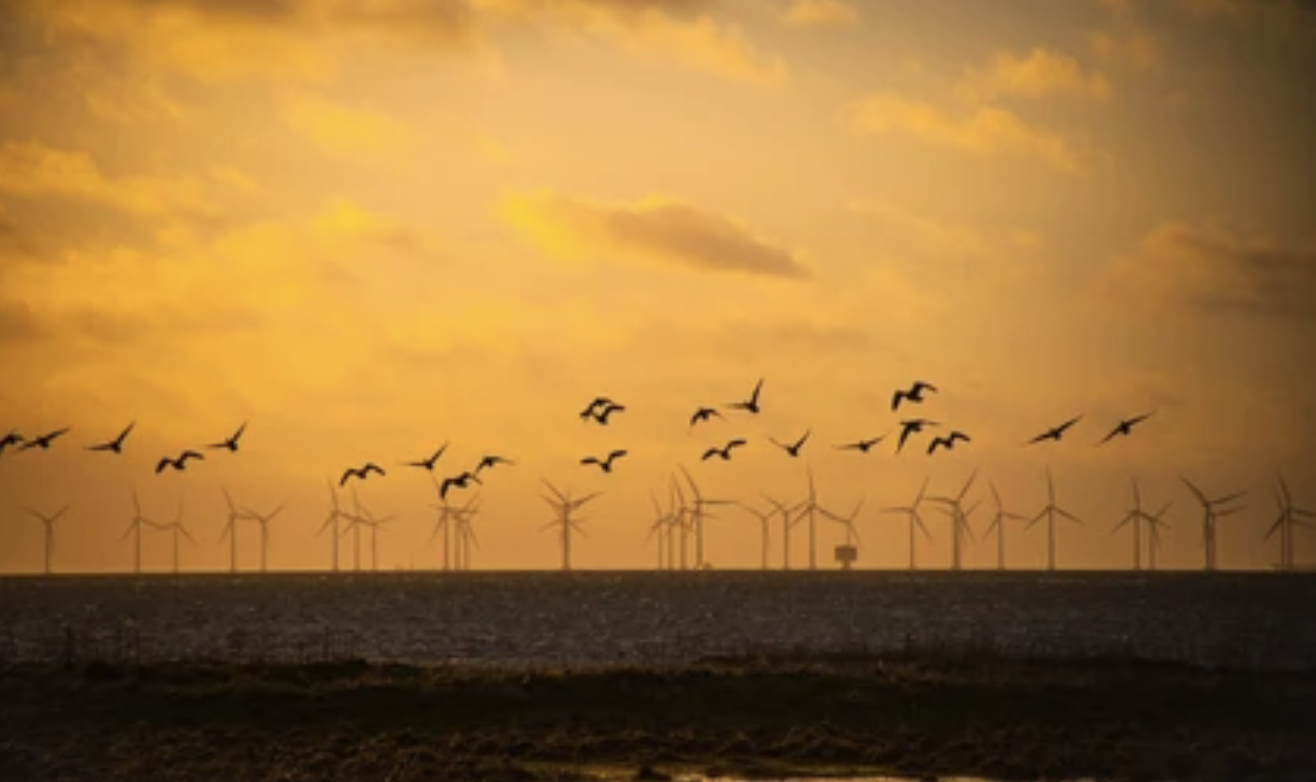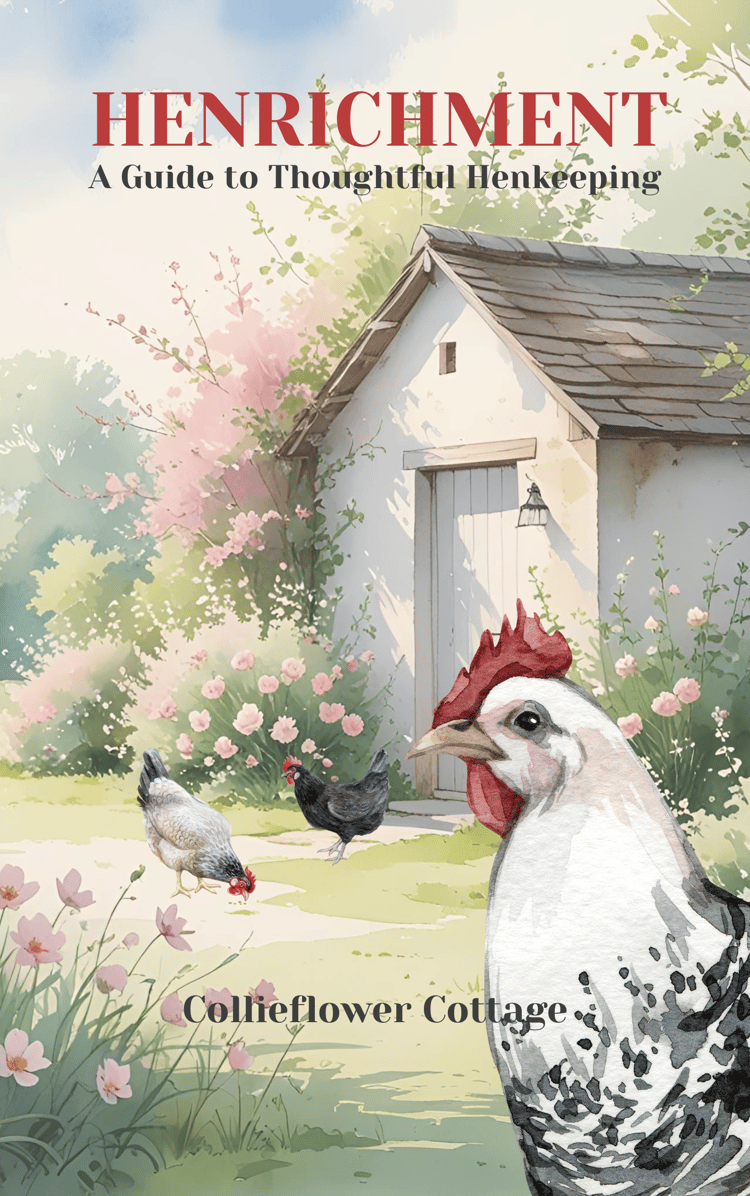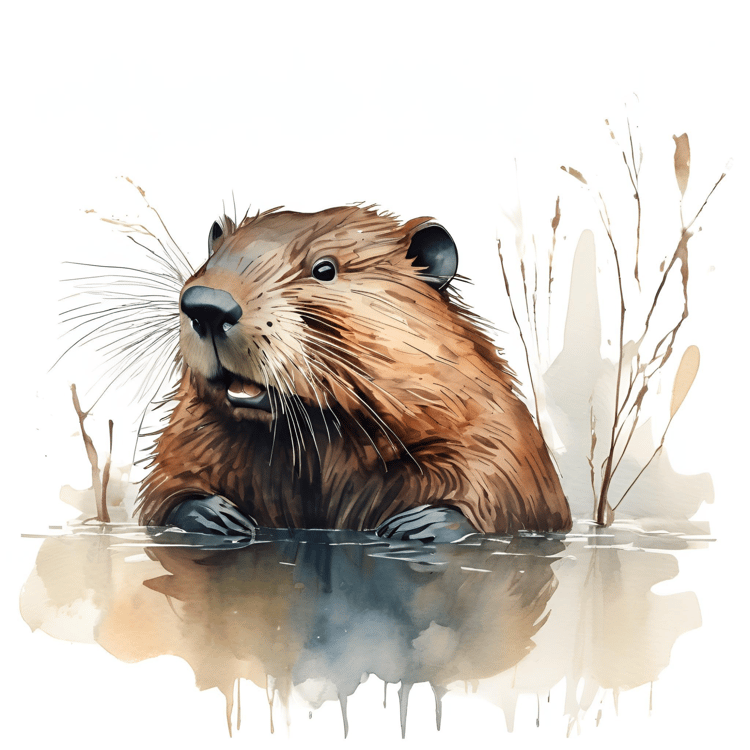They nest on ledges and sea cliffs, their cries sharp against the wind, returning each spring to places their ancestors have known for generations. Along Scotland’s east coast, colonies of northern gannets, puffins, razorbills, and kittiwakes gather in their tens of thousands to breed—some travelling hundreds of miles across open sea to reach the same stretch of coastline year after year. These birds depend not only on the safety of their nesting sites but on the surrounding waters rich with food.
Last week, against a backdrop of strong objection from conservation charities including the RSPB and National Trust for Scotland, the Scottish Government approved the Berwick Bank wind farm—one of the largest of its kind in the world. The newly approved development will soon rise from those same waters—covering more than 300 square kilometres off the east cost of Scotland with hundreds of wind turbines, directly in the flight paths of some of the UK’s most vulnerable seabirds.The UK Centre for Ecology & Hydrology recently reported that the predicted collision mortality at Berwick Bank could be among the highest ever recorded, with estimates of over 6,000 deaths of gannet alone across 30 years.
But collision is only part of the story. A comprehensive review by the Finnish Natural Resources Institute (LUKE) found that nearly 70% of birds and mammals avoid turbine zones, sometimes by miles. This displacement forces animals to travel further to find food, straining energy reserves and reducing breeding success. For long-lived seabirds like gannets and puffins who raise just one chick per year, such pressures risk slow, steady population declines.
While seabirds are the most headline grabbing price of progress, inland wildlife also faces significant threats. Bats, often drawn to turbines—possibly mistaking them for roosts or foraging landmarks—are vulnerable to fatal blade strikes and barotrauma caused by sudden pressure changes near turbine blades. Studies across boreal forests, including research conducted in Germany, show that bat activity drops sharply near turbines, and populations suffer declines linked to habitat loss, noise, and altered wind patterns. Despite trialled mitigation strategies such as reduced turbine speeds during peak activity, application is inconsistent.
Bats are not the only smaller creatures affected. Research has demonstrated that earthworm populations—the foundation of healthy soils—decrease near turbine foundations. Scientists suggest that vibrations, soil compaction, and microclimate shifts alter these vital invertebrate communities, which in turn impact the broader ecosystem reliant on soil health. Healthy ecosystems rely on all their parts functioning in balance. When worms and insects are diminished, so too are the animals that feed on them. Bats may find less to eat. Birds that rely on soil invertebrates—like curlew, lapwing or skylark—may see breeding success decline, especially when the turbine landscape is paired with intensively managed land.
Many larger mammals also respond with avoidance. A long-term Swedish study documented fewer visits from roe deer and hares following wind farm construction with LUKE findings suggesting 67% of terrestrial mammals showed avoidance of areas near wind turbines. These animals alter their routes or avoid turbine zones altogether, a trend mirrored in parts of the UK, especially within scrub and upland habitats fragmented by development.
Much of the damage caused to wild animals remains underappreciated because environmental assessments focus on immediate physical harm such as collisions and habitat loss. Yet behavioural shifts, fragmentation, and displacement accumulate invisibly over time, eroding population resilience. The urgency to meet climate targets has accelerated approvals, often sidelining thorough ecological scrutiny. The Berwick Bank wind farm, approved under such streamlined processes, typifies this trend with RSPB calling it "a very dark day for seabirds" and the National Trust for Scotland stating "the proposed mitigations by the developers fell far short of alleviating the expected impacts in terms of fatalities and disruption".
Wind energy can form part of a greener future—but only when ecological costs are fully acknowledged and managed. Protecting biodiversity requires honest assessments, robust mitigation, and a willingness to refuse projects where harm outweighs benefit. The loss of wildlife in the name of climate target progress is a choice, not an inevitability. The longer we ignore these warnings, the greater the toll on the natural world we depend upon.
Our articles are free because we want as many people as possible to think about animal welfare. You can support our mission to provide sanctuary to more animals and tell more of their stories by visiting our store, sending a gift or sharing our articles on social media









Comments ()